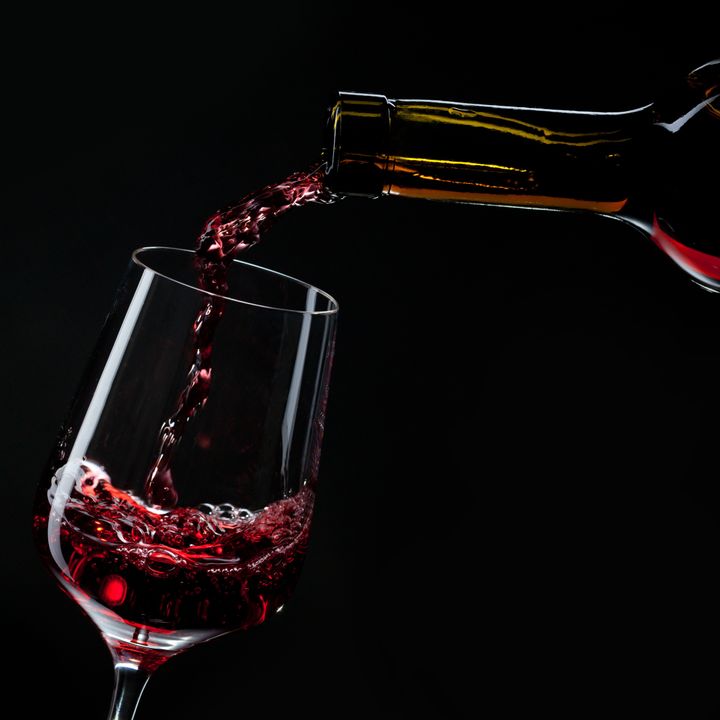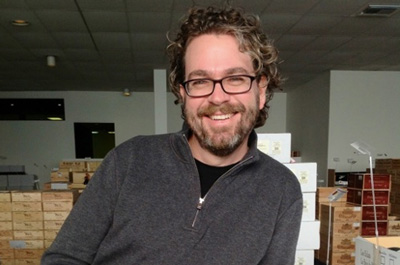

By Kyle Meyer
Ok, maybe it's because I'm a little under the weather as I write this but, dagnabbit I am more than a little bent right now.
What can it take, for the love of Mike, to get a decent, well-priced glass of wine at a restaurant? Time after time, meal after meal, I bring a bottle of wine with me to dinner, seeing as I am in the business. But I always take a look at the list, just in case there is a cool, reasonably-priced by-the-glass option to kick-start the evening. Alas, more often than not, I'm rippin' out my bottle straight away and gladly paying the $25 corkage fee, realizing I might have to pay that twice knowing the crew I run around with.
How hard can it be? Why do restaurants consistently charge $10 (or more) a glass for a bottle that costs $6 (or less) wholesale? I understand the concept of getting your cost back on the first pour, but c'mon, this is getting silly.
Since I am a wine seller, life for me will go on. I have enough wine street smarts to navigate lists and find something decent or bust out my own bottle if it's not happening. My concern, however, is for that group of wine drinkers that we fine wine merchants (and, we hope, progressive restaurateurs), are trying to transition over from Two (and a half) Buck Chuck and Yellowtail to another level of wine, one that, while not much more expensive ($10 to $12 a bottle retail instead of $2.49 or $8) delivers another dimension of flavor and styles.
If restaurants are going to be content with trying to squeeze as many dollars as they can out of a bottle, we will soon lose touch with this new wave of wine drinkers. We won't be able to bridge the gap and continue to nurture their palates if these people are forced to pay $12 for a glass of mediocre "coastal" Cabernet, when they could be paying $6 for a fabulous Old Vine Grenache from Spain, or Picpoul from the Languedoc. At $12 for an ok glass of Cabernet, I would be reaching for beer provided I didn't have that wine in my bag.
Related: A Pinot Noir graced by a "miracle" of sun in Oregon
And that's the point. Merchants and restaurateurs have to work together to foster and educate this new generation of wine lovers. There are numerous studies showing that millennials are very curious about wine but, like many folks nowadays, do not have serious money burning a hole in their pockets. That said, these consumers are also curious about craft brews, so they often have a unique, artisan drinking experience for less -- simply because there is some kind of archaic formula in place dictating the minimum price for a glass of wine.
What if restaurants charged $6 (the price of a 12-ounce beer, for the most part) for an interesting glass of wine? Not wicker basket Chianti, not corporate Cabernet, not private label Chardonnay sourced from Fresno, but a real, authentic, genuine bottle of wine that could open eyes. Would they lose money or sell more wine? Would they gain customers because they were offering cool wines at great prices? Granted, more restaurants have expanded their wine lists to include many offerings south of $50 a bottle. But let's be honest, that was born out of necessity based on the economy, and was hardly a peace offering to those of us who couldn't find a bottle less than $75 just a few short years ago. Why couldn't restaurants apply that same philosophy to their by-the-glass programs?
Trust me when I say the corporate wine world wants to keep everything just the way it is. There is a wealth of boring cheap wine tied into the spirits business. This wine is essentially sold for nothing to engage restaurants to purchase bar liquors from these large wine/spirits conglomerates. One thing I've noticed is that when the dining establishment is smaller, and has no spirits, the wine selection tends to be stronger. Coincidence? I think not. The "big boys" want the restaurants to do one-stop shopping since, to them, wine is merely a greaser to sell more gin. The problem is, more than a few restaurants are all too happy to comply.
I say to those restaurants, "fight the power!" and don't let the man keep you down. Take a chance, engage your customers, and show them the world of wine is more than whatever the distributor is closing out that month. Find interesting, food-friendly wines and sell the wine for a fair price. I'll help you out. Email me, or look at our list of sub-$10 wines on our website. Before you know it, I think your customers may be having a revelatory moment like Steve Martin's character in The Jerk: "Well if this is out there just think how much more is out there!"
Top photo: Kyle Meyer. Credit: Mina Bahadarakhann
Zester Daily Soapbox contributor Kyle Meyer is a managing partner and director of purchasing for , a new online retail fine-wine experience.
More from Zester Daily:
» Travel-inspired recipes guide Chef Susan Feniger.